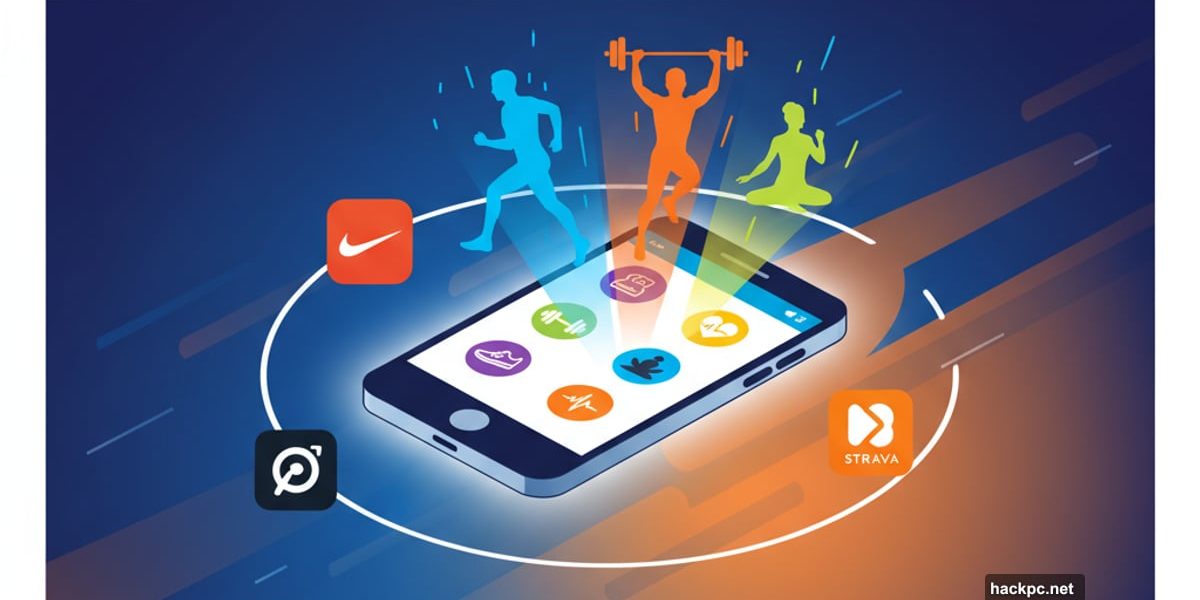
Workout apps promise structure, motivation, and results. But most disappoint.
After testing dozens of fitness apps, I found nine that deliver genuine value. Some focus on strength training. Others excel at yoga or running. A few even make exercise feel less like a chore.
Here’s what actually works in 2025.
Nike Training Club Still Dominates for Good Reason
Nike Training Club remains free. That alone makes it remarkable in an industry obsessed with subscriptions.
The app offers HIIT, strength training, mobility work, and yoga. Video demonstrations show proper form for every exercise. Plus, programs span multiple weeks if you want structure beyond random workouts.
My favorite feature? Workouts inspired by elite athletes like Simone Biles and Serena Williams. You get training philosophies from world-class performers without paying world-class prices.
The downside? Zero personalization. Everyone gets the same workouts regardless of fitness level or goals. And without an Apple Watch, you can’t track heart rate or other metrics during sessions.
Still, for free access to quality workouts, Nike Training Club beats almost everything else.
Future Costs $199 Monthly But Delivers Real Coaching
Most workout apps throw generic programs at you. Future assigns an actual human coach who customizes everything.
Your coach checks in daily. They modify workouts based on your feedback, available equipment, and progress. The app recommends wearing an Apple Watch or compatible Android device so your coach sees detailed performance data.
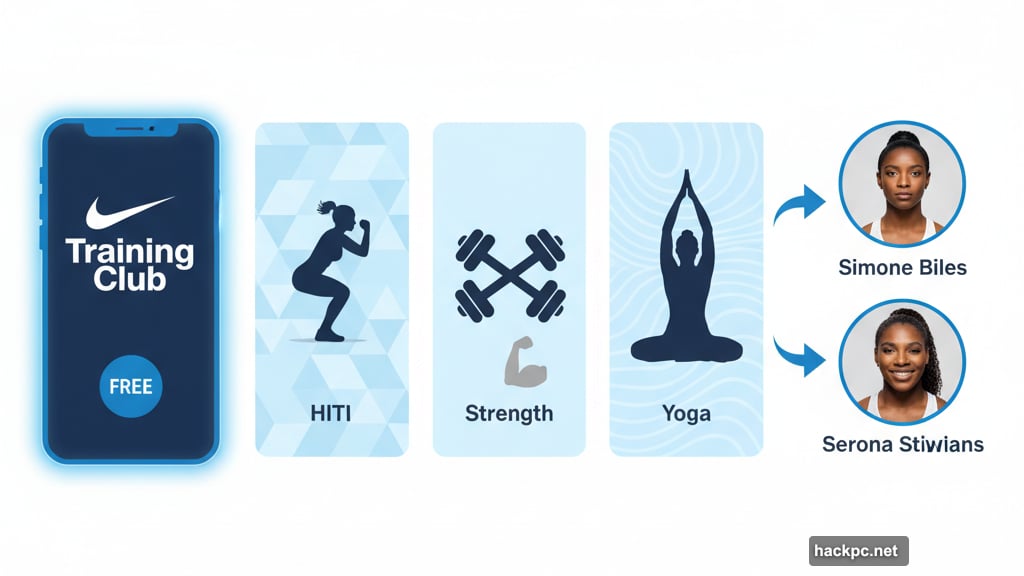
I’ve used Future for over a year. The accountability factor works. When someone’s watching your progress and adjusting your plan, skipping workouts feels harder.
The price stings. At $199 monthly, Future costs more than most gym memberships. But compared to in-person training sessions, which often exceed $200 per hour, the value makes sense if you’re serious about strength goals.
New users get their first month for $99. Plus, you earn $50 credit for every friend who signs up through your referral.
Peloton App One Brings Studio Classes Home for $13
Peloton’s reputation comes from its expensive bikes and treadmills. But the app works without buying any equipment.
For $13 monthly, you get thousands of on-demand and live classes. Cycling, running, strength training, yoga, Pilates, stretching. High-energy instructors keep workouts engaging even when you’re sweating alone in your living room.
My husband and I use this regularly. The variety prevents boredom. One day we’ll take a 20-minute HIIT class. Next day, a 45-minute strength session. The flexibility matches our unpredictable schedules.
The first month costs nothing. Try it before committing. Just know that without Peloton equipment, you miss features like leaderboard rankings during cycling classes.
Strava Tracks Every Run and Ride Perfectly
GPS-powered tracking remains Strava’s killer feature. The app turns any smartphone into a detailed performance monitor.
As an avid runner, I’ve tested multiple tracking apps. Strava wins because it connects seamlessly with Apple Watch, Garmin, Fitbit, and other GPS devices. It also builds a social feed where friends can cheer your workouts or comment on your runs.
Safety matters too. Strava’s Beacon feature shares your real-time location with emergency contacts. Privacy settings let you hide specific routes or workout details from public view.
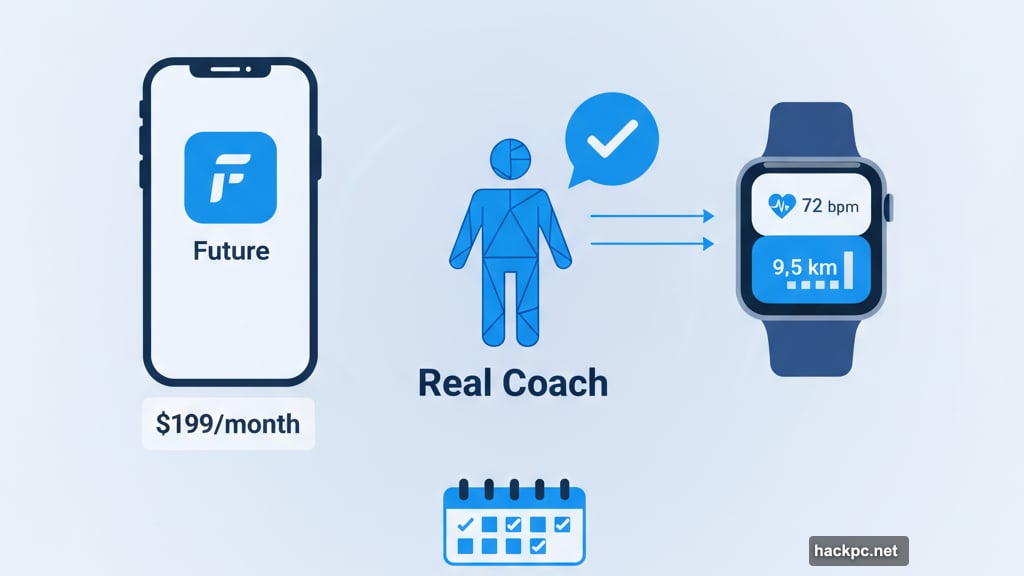
The free version handles basic tracking well. Upgrading to $12 monthly unlocks route building, detailed analytics, and personalized training insights. Annual subscriptions drop the price to $80 yearly.
But if you’re not a runner or cyclist, Strava offers little value. It doesn’t provide workout classes or training programs.
Sweat Focuses on Women With Variety
Created by trainer Kayla Itsines, Sweat targets women specifically. The app offers programs for home or gym workouts.
You’ll find strength training, yoga, barre, boxing, and more. Female trainers lead every class. Plus, the app includes meal plans if you want nutrition guidance alongside exercise.
Sweat costs $20 monthly with a seven-day free trial. The price undercuts many competitors while maintaining quality content.
However, personalization doesn’t exist. You follow preset programs without customization. And if you have injuries or can’t handle high-intensity exercise, many programs won’t work for you.
Ladder Specializes in Strength Training
Ladder connects users with strength-focused coaches. After answering questions about goals, equipment, and preferred training style, the app matches you with an appropriate coach.
Every Sunday night, you receive the week’s workouts. Video demonstrations show proper form. Your coach specifies whether to use light, medium, or heavy weights for each exercise.
I tested the kettlebell program called Body & Bell. The structure worked well. Knowing exactly what to do each day removed decision paralysis.
The catch? Ladder only works on iPhones. Android users can’t access it yet. And if you prefer group fitness vibes or cardio-focused workouts, this app won’t satisfy.
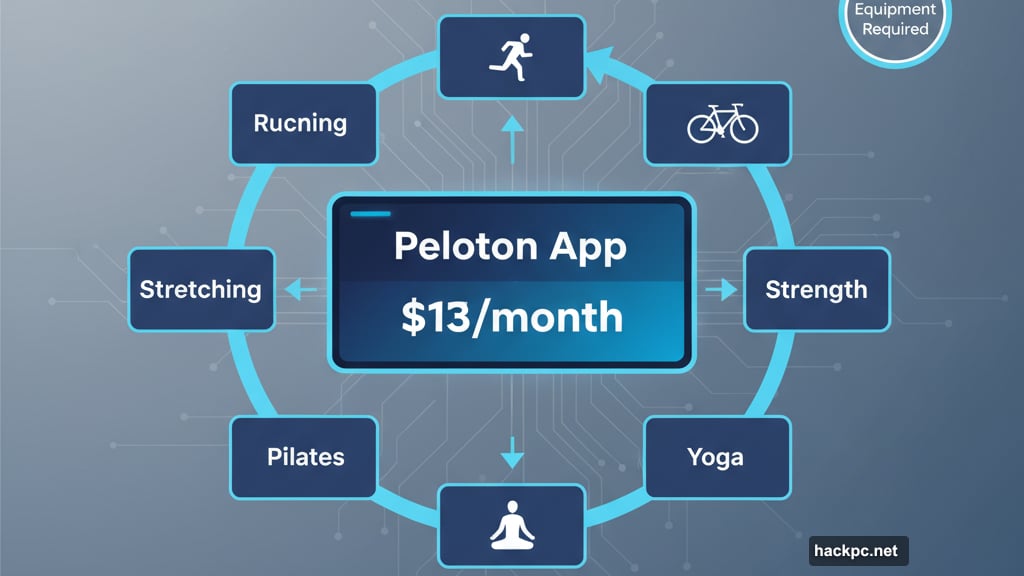
Pricing sits at $30 monthly or $180 yearly. A free seven-day trial lets you test before buying.
Alo Wellness Club Perfects the Yoga Experience
If yoga dominates your fitness routine, Alo Wellness Club delivers. The app covers hatha, ashtanga, vinyasa, restorative, and prenatal yoga.
You can filter by experience level, session length, and specific skills you’re working toward. Want to master handstands? There’s a series for that.
Beyond yoga, the app includes Pilates, barre, meditation, and some strength training. Everything comes on-demand. No live classes exist.
At $10 monthly when signing up online (or $16 through the app), Alo Wellness Club costs less than most yoga studios charge for a single drop-in class.
But this specialization limits its appeal. If you want diverse workout types or live interaction with instructors, look elsewhere.
FitOn Makes Exercise Bearable for Exercise Haters
Some people dread working out. FitOn acknowledges this reality.
The app provides yoga, dance, Pilates, HIIT, and barre classes. Both live and on-demand options exist. Classes run short or long depending on available time.
The basic version costs nothing. Upgrading to FitOn Pro runs $25 for six months or $30 for a full year. Pro membership adds nutrition guidance, music integration with Spotify or Apple Music, and expert tips.
Users praise the accessibility. One reviewer said the app finally got them moving after years of sedentary living. Another appreciated the freedom to exercise on their own schedule.
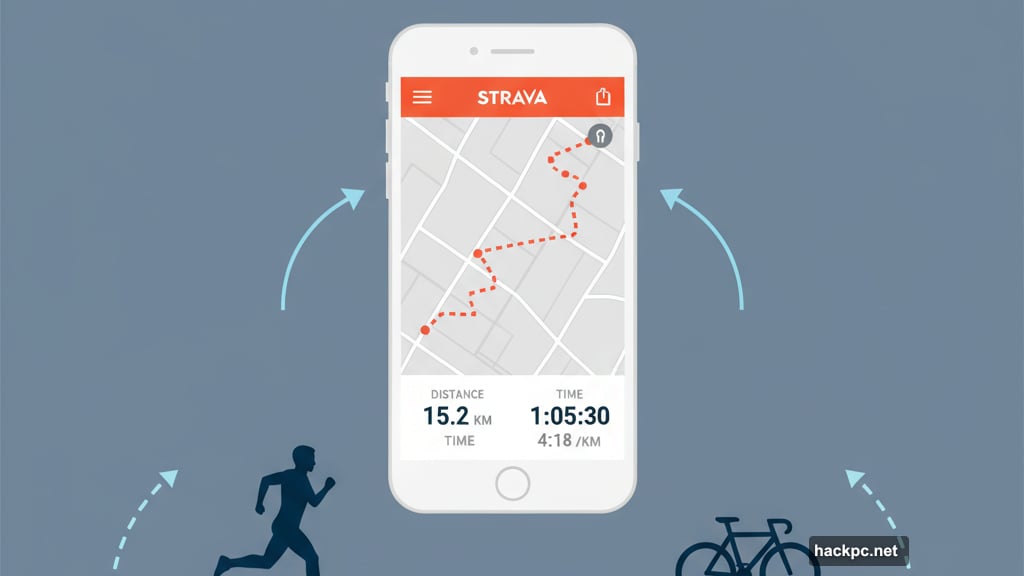
Some complaints mention glitchy interfaces and inaccurate step counting. If reliable tech performance matters, test the free version before upgrading.
Apple Fitness Plus Integrates Seamlessly With iPhones
iPhone owners get native access to Apple Fitness Plus. The app offers over 5,000 live and on-demand workouts.
Classes span yoga, HIIT, meditation, core work, strength training, and more. Sessions range from five to 45 minutes. You can schedule workouts in advance and track metrics through Apple Watch during exercise.
At $9.99 monthly or $79.99 yearly, pricing stays competitive. Family sharing lets you split access among up to five members.
New users get three months free. That’s enough time to determine if the class variety and Apple ecosystem integration justify the cost.
Obviously, Android users can’t access this app. And no personal training options exist if you want customized programming.
What Most Apps Get Wrong
Free trials sound generous until you realize cancellation requires navigating deliberately confusing menus. Monthly subscriptions add up fast when you’re testing multiple apps simultaneously.
Most apps also overpromise results. No app replaces consistency, progressive overload, and honest nutrition habits. They’re tools, not magic solutions.
The best workout app matches your actual behavior. If you hate structure, don’t pay for personalized programming. If you need accountability, free apps with zero check-ins won’t work.
Figure out what you’ll genuinely use before spending money. A mediocre app you use daily beats a perfect app gathering digital dust.



Comments (0)